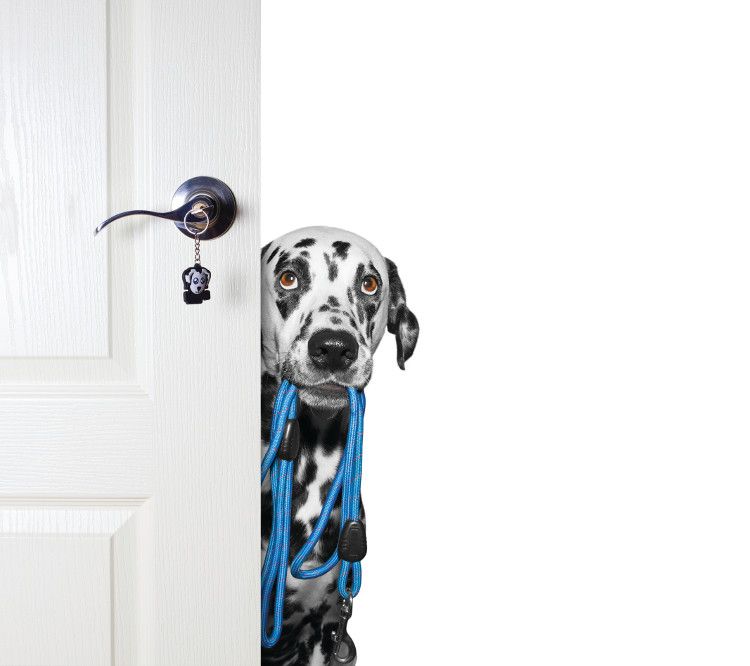Biosfeen and Dermial ingredients from Bioiberica support skin barrier function in recent in vitro study
The sphingolipids and glycosaminoglycans in these products are reported to support the skin barrier of several animal species, including dogs.
Photo © iStockphoto.com/BilevichOlga

A recent study1 published in Veterinary Sciences investigated the effects of a sphingomyelin-rich lipid extract (LE; Biosfeen, from Bioiberica, S.A.U., based Palafolls, Spain) and a source of glycosaminoglycans (GAGs; Dermial, from Bioiberica) containing a high concentration of HA (60–75%), dermatan sulfate, and collagen on skin barrier function in vitro. Sphingolipids and glycosaminoglycans are reported to support the skin barrier of several animal species, including dogs. According to the researchers canine atopic dermatitis (CAD) has been defined as a “prevalent, genetically predisposed, chronically relapsing, progressive, pruritic, and inflammatory skin disease with characteristic clinical features and well-defined breed predispositions.”
Skin barrier function plays a role in CAD, and the researchers specifically investigated the impact of LE and GAG on the expression of filaggrin and antimicrobial peptides (AMPs). Filaggrin is an epidermal protein involved in skin barrier formation and hydration while AMPs are small immuno-modulatory proteins that have antimicrobial activity against bacteria, fungi, and viruses. Patients with CAD experience altered expression of AMPs such as β-defensins and cathelicidins.
Results showed that LE and GAGs alone both increased expression of filaggrin, compared to placebo, but the difference was only statistically significant when the two were combined. AMP expression was measured by β-defensin 2 production. Results showed that administration of LE and the combination of LE and GAG resulted in significant increases in mean hBD-2 production, compared to placebo.
“In addition to making the skin red, swollen, dry and itchy, there is growing evidence to suggest that chronic skin barrier defects can increase the risk of recurrent skin infections. Moreover, some topical antimicrobial products have been reported to lead to further irritation of the skin, exacerbating epidermal barrier dysfunction. Finding a solution that helps to restore epidermal barrier function and integrity is therefore important for managing skin conditions in dogs,” commented Sergi Segarra, lead author of the study and R&D Project Manager of Animal Health at Bioiberica, in a press release.
“The objective of our study was to better characterize the mechanism of action of Biosfeen lipid extract and Dermial GAGs matrix and further explore the potential beneficial effects of these ingredients on skin health, especially in companion animals. The findings from this study hint that our Atopivet range, which contains a combination of Biosfeen and Dermial, supports barrier function by increasing the expression of important molecules linked to skin health, like filaggrin and β-defensin.2 This makes it a viable option to support skin health in companion animals,” Segarra concluded.
Reference
- Segarra S et al. “Enhanced in vitro expression of filaggrin and antimicrobial peptides following application of glycosaminoglycans and a sphingomyelin-rich lipid extract.” Veterinary Sciences, vol. 9, no. 7 (2022): 323